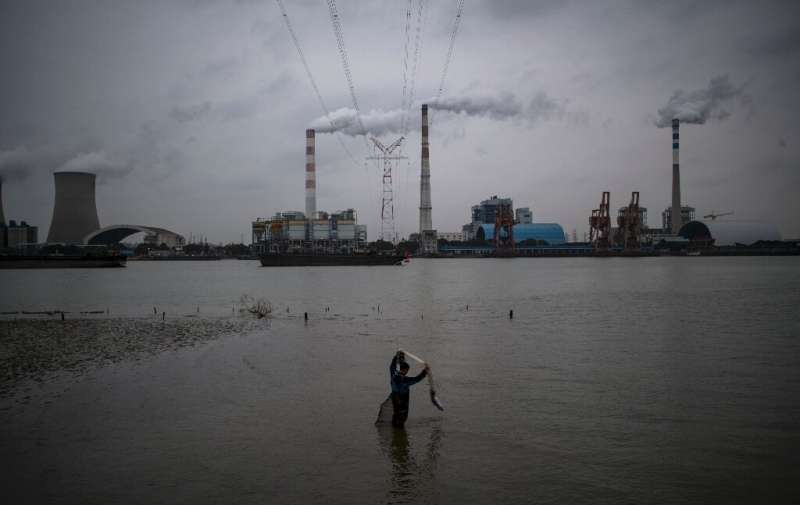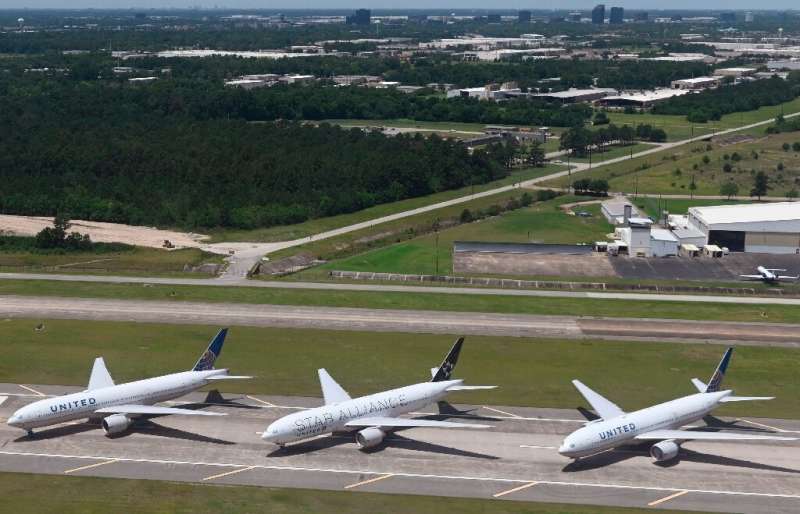Greenhouse gas levels at new high, despite Covid-19 measures

Greenhouse gases in the atmosphere, the main driver of climate change, hit record highs last year and have continued climbing in 2020 despite measures to halt the COVID-19 pandemic, the UN said Monday.
World Meteorological Organization (WMO) chief Petteri Taalas meanwhile welcomed several countries' vows to focus on climate-friendly technologies as they seek to revive their economies after the coronavirus crisis.
Speaking to journalists, he also voiced optimism at US president-elect Joe Biden's pledge to return his country to the Paris climate accord, saying he hoped it "might have the domino effect (and) motivate also some other countries."
But the United Nations agency dashed notions that the lockdowns and other measures to rein in the pandemic could by themselves repair some of the damage of ever-growing greenhouse gas emissions in recent decades.
While emissions have shrunk this year, the WMO warned this had not curbed record concentrations of the greenhouse gases that are trapping heat in the atmosphere, raising temperatures, causing sea levels to rise and driving more extreme weather.
"The lockdown-related fall in emissions is just a tiny blip on the long-term graph," Taalas said.
"We need a sustained flattening of the curve."
The WMO's main annual Greenhouse Gas Bulletin said preliminary estimates pointed to daily carbon dioxide (CO2) emissions falling by as much as 17 percent globally during the most intense period of the shutdowns.
The annual impact was expected to be a drop of between 4.2 and 7.5 percent, it said.
But this will not cause concentrations of CO2 in the atmosphere to go down, it said, warning the impact on concentrations was "no bigger than the normal year to year fluctuations."
Still rising
CO2 concentrations will continue to rise, albeit at a slightly reduced pace, the WMO said, adding that the pace would be no more than 0.23 parts per million (ppm) per year slower than the previous trajectory—well within the 1.0 ppm natural inter-annual variability.
Emissions are the main factor that determine the amount of greenhouse gas levels but concentration rates are a measure of what remains after a series of complex interactions between atmosphere, biosphere, lithosphere, cryosphere and the oceans.

CO2 is by far the most important long-lived greenhouse gas in the atmosphere related to human activities, and is responsible for roughly two-thirds of the Earth's warming.
The WMO's Bulletin listed the atmospheric concentration of CO2 in 2019 at 410 ppm, up from 407.8 ppm in 2018, and said the rise had continued this year.
Taalas pointed out that the world breached the global threshold of 400 ppm in 2015, voicing alarm that "just four years later, we crossed 410 ppm."
"Such a rate of increase has never been seen in the history of our records."
The UN agency said that since 1990, there had been a 45-percent increase in so-called radiative forcing, which is the warming effect on the climate by greenhouse gases.
Five million years ago
"Carbon dioxide remains in the atmosphere for centuries and in the ocean for even longer," Taalas said.
"The last time the Earth experienced a comparable concentration of CO2 was three to five million years ago," he said.
The second most prevalent greenhouse gas in the atmosphere is methane—emitted in part from cattle and fermentation from rice paddies—which is responsible for around 16 percent of warming.
In 2019, methane levels were at 260 percent of pre-industrial levels, at 1,877 parts per billion (ppb).
The rise from 2018's measurement was slightly lower than the previous annual increase, but still higher than the 10-year average, WMO said.
Concentrations of nitrous oxide, the third major greenhouse gas which is caused largely by agricultural fertilisers, meanwhile stood at 332 ppb last year, or 123 percent above pre-industrial levels.
Its rise from 2018 to 2019 was also lower than that observed from 2017 to 2018, but on a par with the average annual growth rate over the past decade.
© 2020 AFP




















